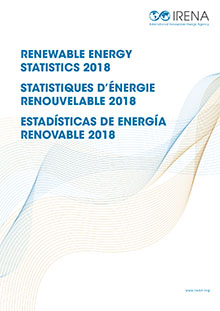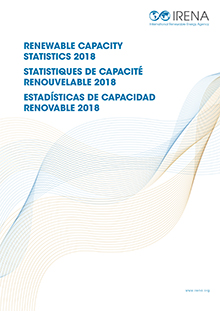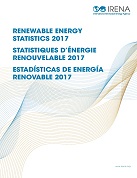Renewable power generation costs in 2020
The decade 2010 to 2020 saw renewable power generation becoming the default economic choice for new capacity. In that period, the competitiveness of solar (concentrating solar power, utility‑scale solar
The decade 2010 to 2020 saw renewable power generation becoming the default economic choice for new capacity. In that period, the competitiveness of solar (concentrating solar power, utility‑scale solar
East and Southern African countries possess vast potential for renewable energy development. Co-ordinated regional plans will play a vital role in scaling up the use of renewables for power generation,
The How2Guide for Solar Energy, a collaborative effort between the IEA and the International Solar Alliance (ISA), aims to provide stakeholders from government, industry, and civil society with the methodology
Renewable energy has become an increasingly competitive way to meet new power generation needs. This comprehensive cost study from the International Renewable Energy Agency (IRENA) highlights the latest

The International Renewable Energy Agency (IRENA) has set out to produce comprehensive, reliable data sets on renewable energy capacity and use worldwide. The Renewable Energy Statistics 2018 yearbook
A report published by the Institute for Energy Economics and Financial Analysis describes how solar energy is accelerating the transformation of the global electricity-generation sector through gains in

The International Renewable Energy Agency (IRENA) produces comprehensive renewable energy statistics on a range of topics. This publication presents renewable power generation capacity statistics for the
Renewable energy has emerged as an increasingly competitive way to meet new power generation needs. This comprehensive cost report from the International Renewable Energy Agency (IRENA) highlights the

The International Renewable Energy Agency (IRENA) has set out to produce comprehensive, reliable data sets on renewable energy capacity and use worldwide. The Renewable Energy Statistics 2017 yearbook
India's targets of 175 GW of renewable energy capacity by 2022, and 40% generation capacity from non-fossil fuel sources by 2030 will require a rapid and dramatic increase in solar and wind capacity deployment